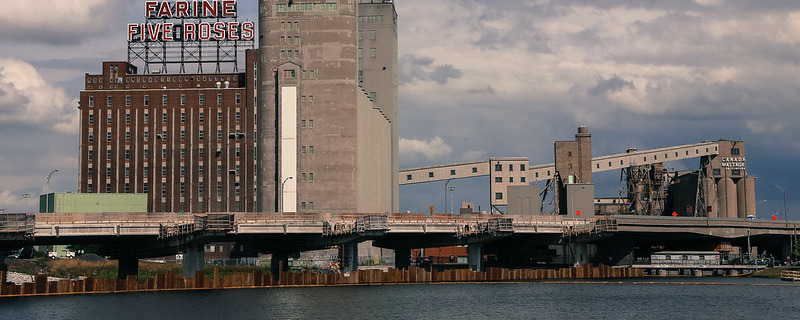1850–1950: Industrialisation & Sin

Industrialisation
From the 1850s industrialisation grew apace in Montreal with railroads to the US and then across Canada (in the 1880s) adding to the city's importance along the St. Lawrence river.
The present day Business District of Downtown started to take shape and factories started colonising the Lachine Canal. They refined grain, produced textiles and heavy machinery and attracted hundreds of rural Quebecers who lived in cheap neighbourhoods like Les Faubourgs (see Ecomusée du Fier Monde) and whose presence then tipped the linguistic balance of the city back to French ever since.
Jews from Eastern Europe where pogroms had made life impossible, were another important group who came to the city in numbers towards the end of this era establishing a substantial and enduring presence in the city.
Text © Christian Williams
Images by Coastal Elite, Peter Daniel